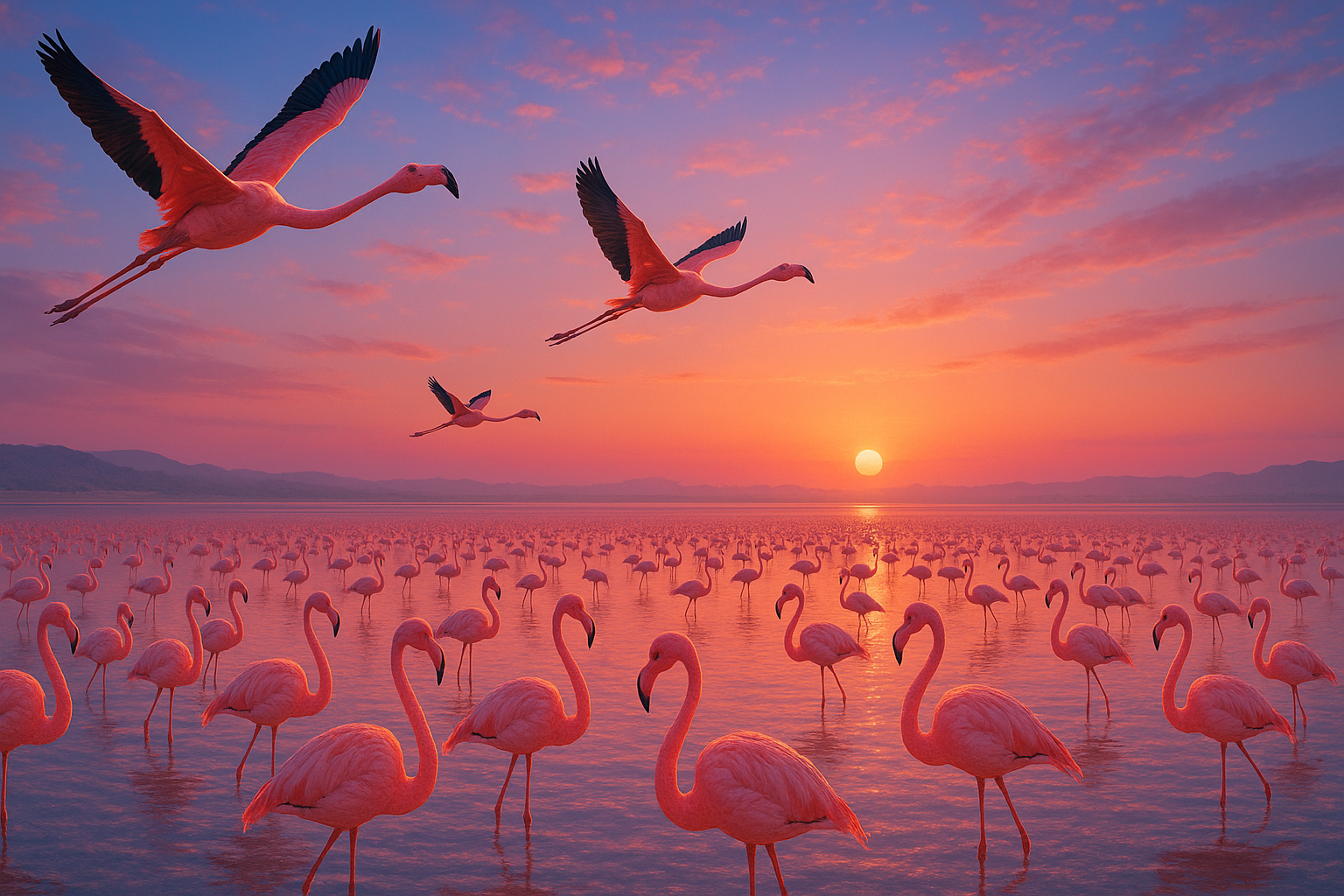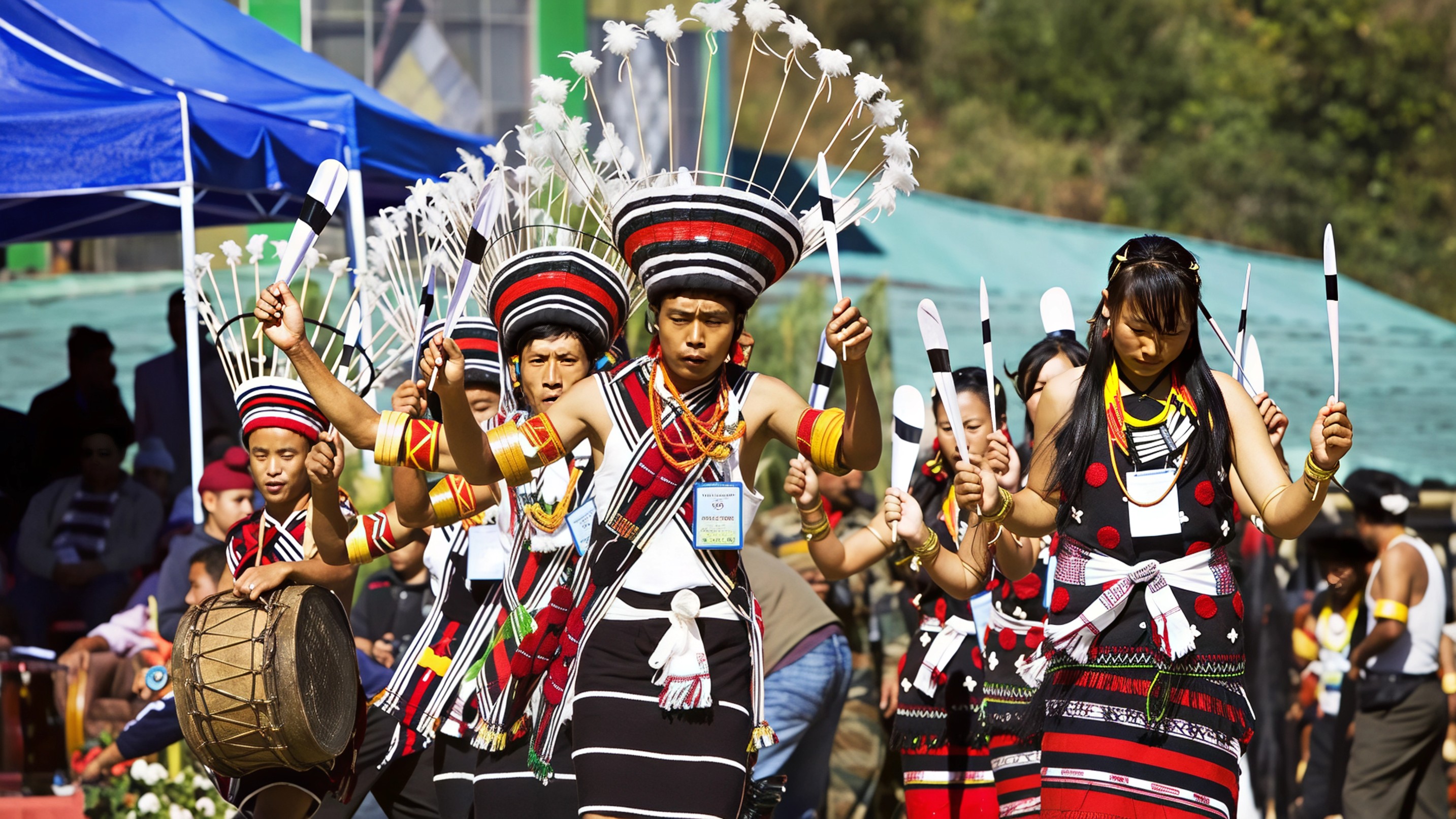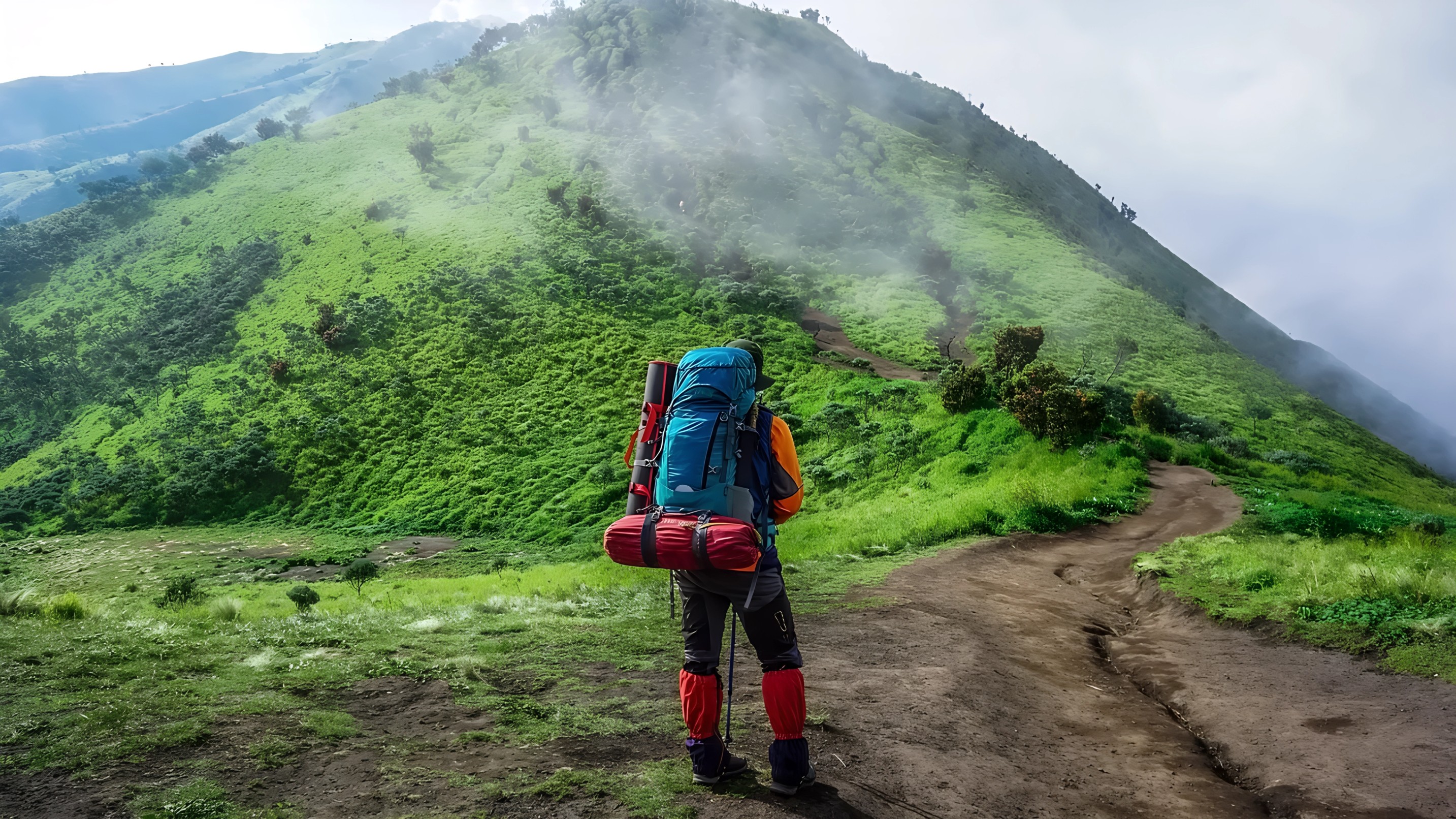It is June, and Sambhar Lake in Rajasthan is still glowing pink with flamingos. Normally a winter sight, the birds have lingered far beyond their usual schedule, creating a magical scene of pink wings over shimmering saltwater flats.
Every year, flamingos start arriving at Sambhar Lake around late October, drawn by the falling water levels that make algae and brine shrimp easier to access. By March, most have usually taken flight, heading onward in their migratory journey. But this year is different.
Thanks to unseasonal rains and abundant food, the lake continues to offer ideal nesting conditions. Experts believe that these changing environmental cues have encouraged the birds to stay longer. The results are breathtaking.
Bird watchers are still catching glimpses of the flocks at dawn. Reflections dance across the silvery lakebed as the flamingos feed and flock together. It is a scene that feels like a dream, and yet it is very real.

According to a January 2025 census, over 104,000 migratory birds were recorded at Sambhar, including both Lesser and Greater Flamingos. That number is a huge leap from the previous year’s 7,000. This rise is a sign that the lake’s health is improving and that it is becoming an even more vital stop along the Central Asian Flyway, a key migratory path for birds traveling between continents.
Photographer Yogesh Sevkani from Jaipur, who captured some of the most shared images of these flamingos, notes that while many leave by March, a few stay and even begin nesting. This year, the ones who stayed have been gifted the perfect habitat.
From sunrise reflections to the quiet rustle of wings, the lake is alive with nature’s rhythm. It is not just a place to visit, but a moment to witness one that reminds us how closely our changing climate and ecosystems are intertwined.
For more updates on beautiful birding spots, offbeat nature escapes, and stories that move you, follow Travel Moves on Instagram and Facebook.








